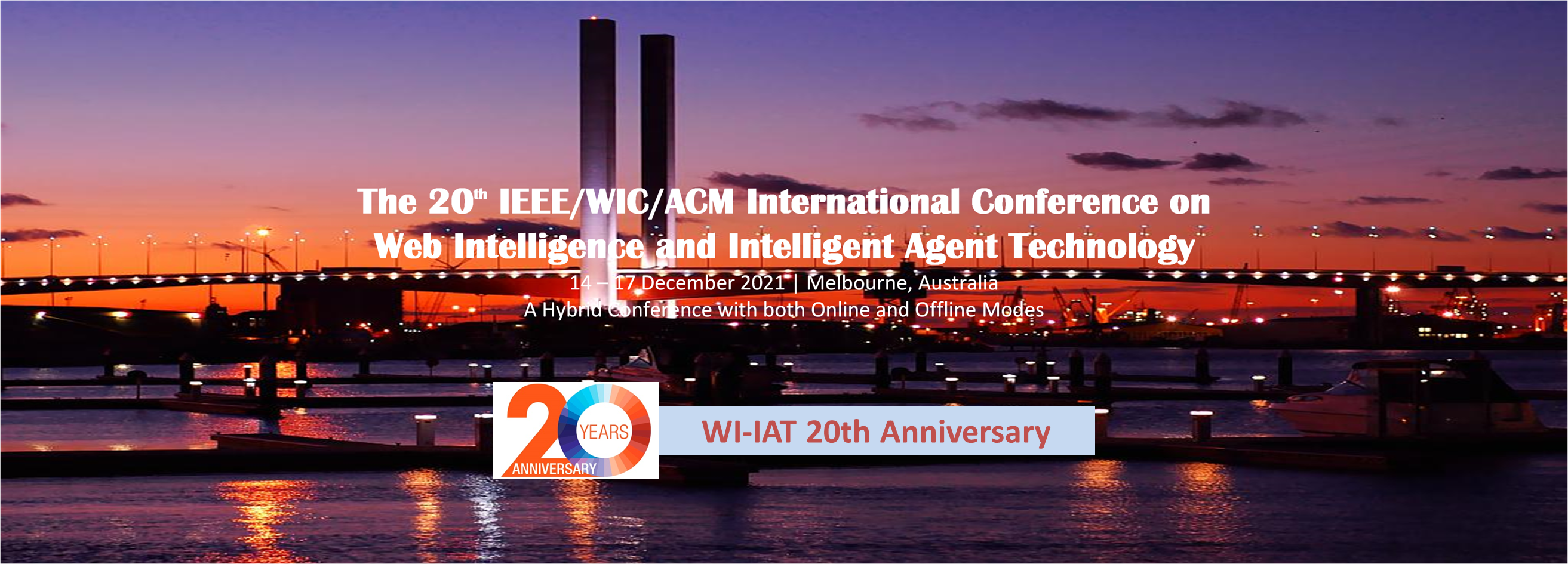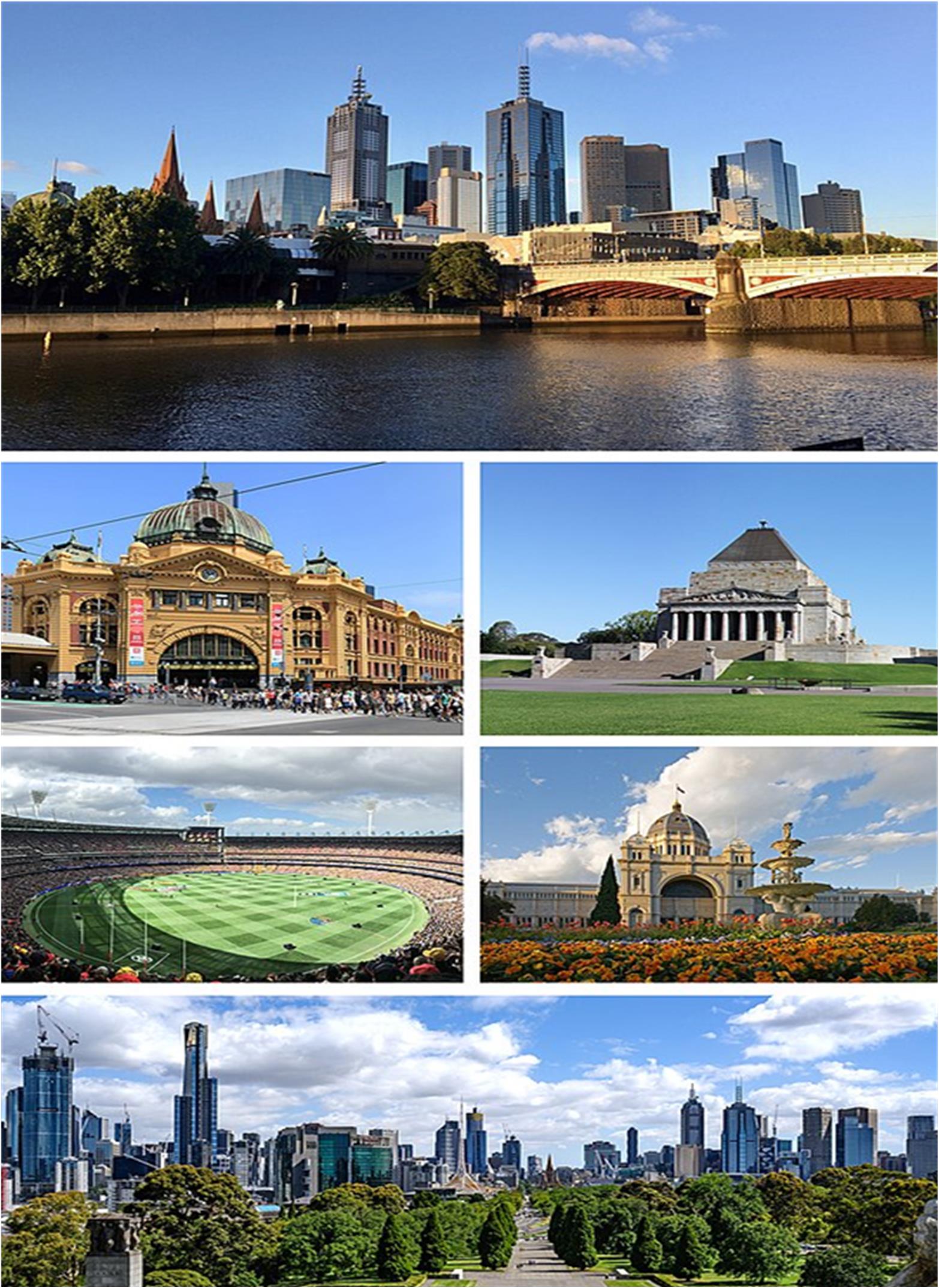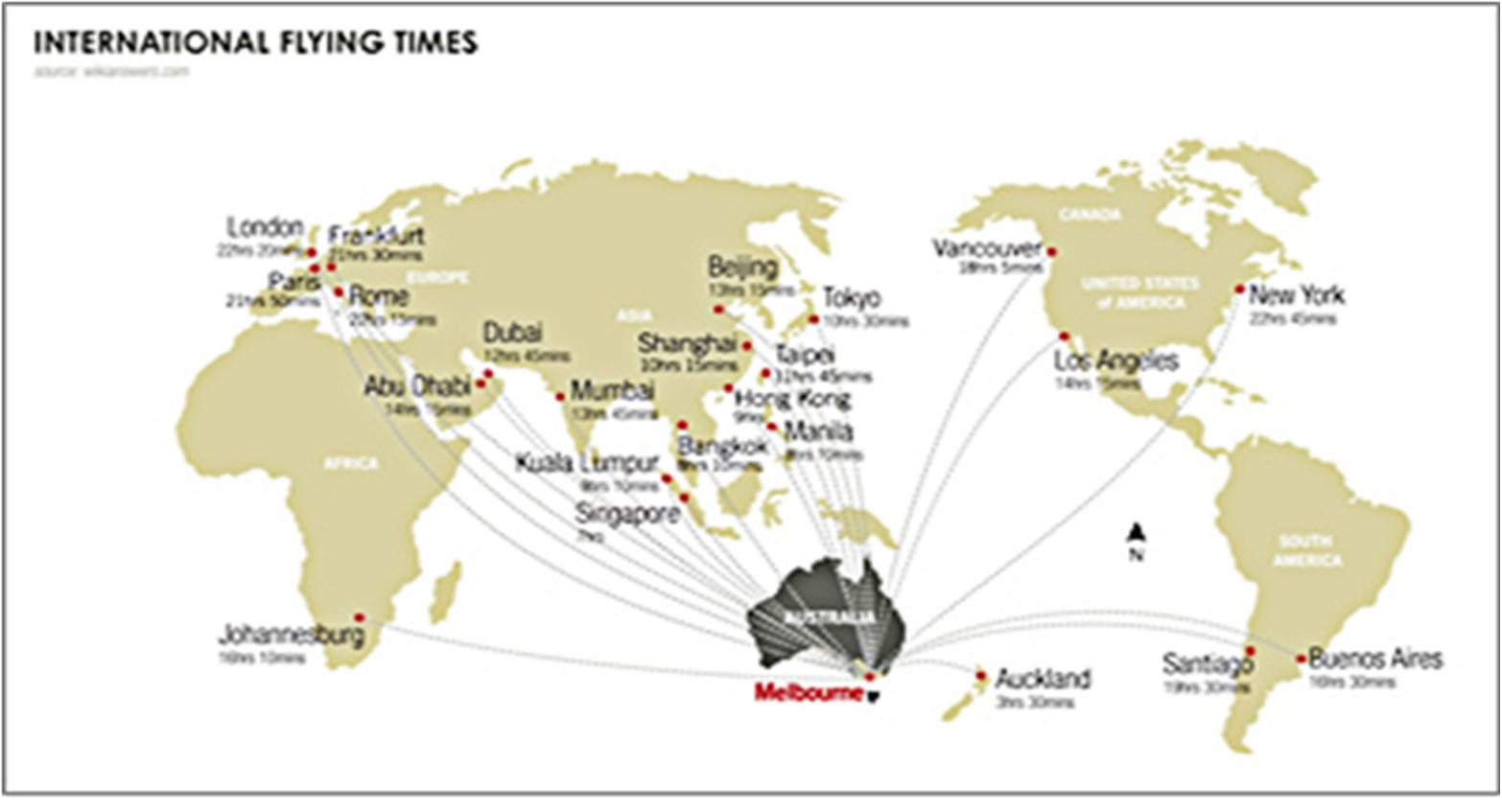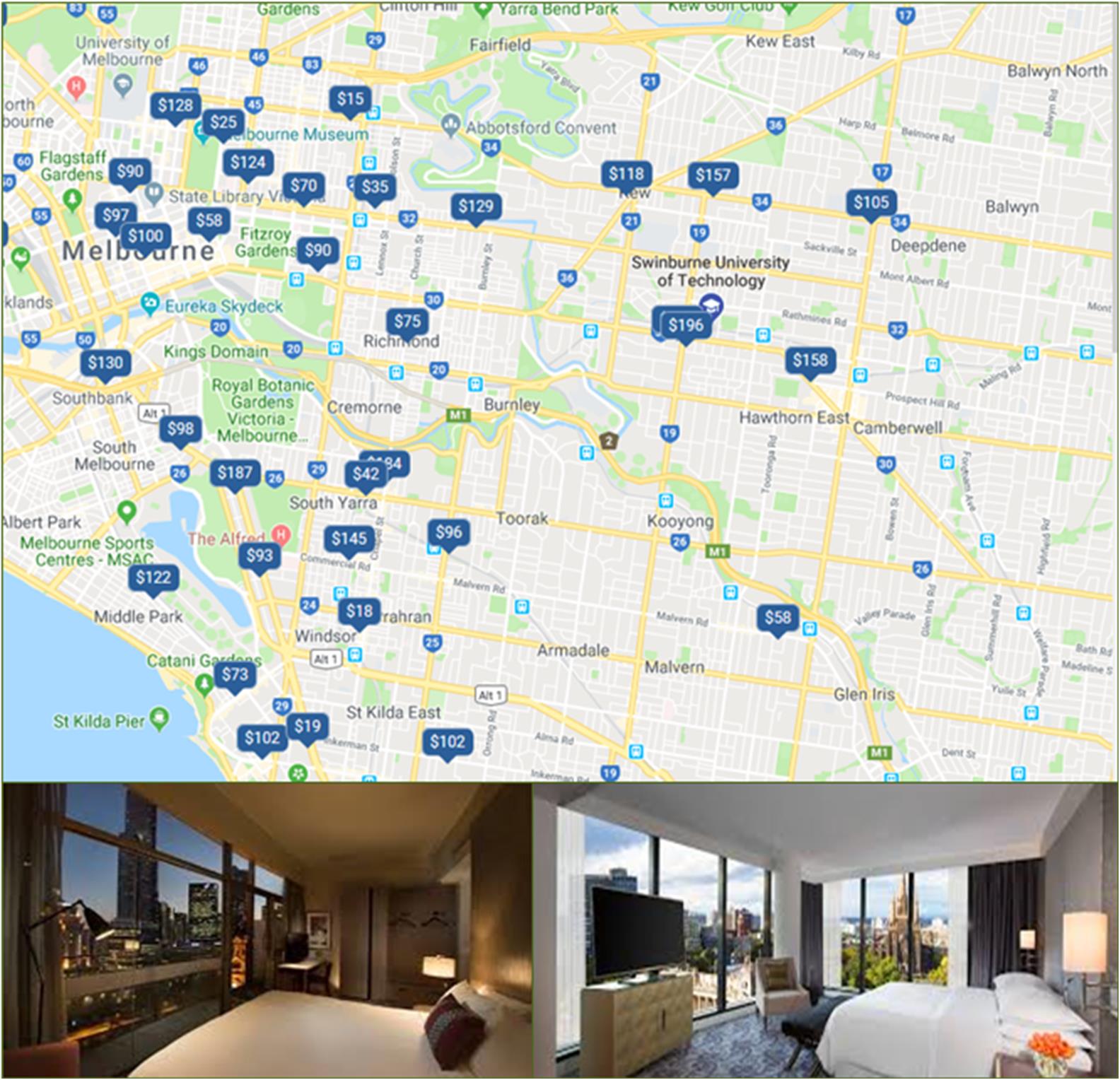

Melbourne is most liveable city in the world. It is the capital and most populous city of the Australian state of Victoria, and the second most populous city in Australia and Oceania.
Melbourne is the coastal capital of the south-eastern Australian state of Victoria. At the city's centre is the modern Federation Square development, with plazas, bars, and restaurants by the Yarra River. In the Southbank area, the Melbourne Arts Precinct is the site of Arts Centre Melbourne – a performing arts complex – and the National Gallery of Victoria, with Australian and indigenous art.
The city is home to many of the best-known cultural institutions in the nation, such as the Melbourne Cricket Ground, the National Gallery of Victoria and the World Heritage-listed Royal Exhibition Building. It is also the birthplace of Australian impressionism, Australian rules football, the Australian film and television industries and Australian contemporary dance. More recently, it has been recognised as a UNESCO City of Literature and a global centre for street art, live music and theatre. It is the host city of annual international events such as the Australian Grand Prix, the Australian Open and the Melbourne Cup, and has also hosted the 1956 Summer Olympics and the 2006 Commonwealth Games. Due to it rating highly in entertainment, tourism and sport, as well as education, health care, research and development, the EIU currently ranks it the second most liveable city in the world, and it was ranked as the world's most liveable city for seven years in a row, from 2011 until 2017.
The main airport serving the city is Melbourne Airport (also referred to as Tullamarine Airport), which is the second busiest in Australia, and Australia's busiest seaport the Port of Melbourne. Its main metropolitan rail terminus is Flinders Street station and its main regional rail and road coach terminus is Southern Cross station. It also has the most extensive freeway network in Australia and the largest urban tram network in the world.

Melbourne Airport (IATA: MEL, ICAO: YMML), colloquially known as Tullamarine Airport, is the primary airport serving the city of Melbourne, and the second busiest airport in Australia.
The airport comprises four terminals: one international terminal, two domestic terminals and one budget domestic terminal. It is 23 kilometres (14 miles) northwest of the city centre, adjacent to the suburb of Tullamarine. The airport has its own suburb and postcode—Melbourne Airport, Victoria (postcode 3045).
In 2016-17 around 25 million domestic passengers and 10 million international passengers used the airport. The Melbourne–Sydney air route is the second most-travelled passenger air route in the world. The airport features direct flights to 33 domestic destinations and to destinations in the Pacific, Europe, Asia, North America and South America. Melbourne Airport is the number one arrival/departure point for the airports of four of Australia's eight other capital cities. Melbourne serves as a major hub for Qantas and Virgin Australia, while Jetstar Airways and Tigerair Australia utilise the airport as home base. Domestically, Melbourne serves as headquarters for Australian airExpress and Toll Priority and handles more domestic freight than any other airport in the nation.

Melbourne offers a range of accommodation options suitable for delegates who are with different budgets.
Countries benefiting from the policy include Russia, the United Kingdom, France, Germany, Norway, Ukraine, Italy, Austria, Finland, Netherlands, Denmark, Switzerland, Sweden, Spain, Belgium, Czech Republic, Estonia, Greece, Hungary, Iceland, Latvia, Lithuania, Luxembourg, Malta, Poland, Portugal, Slovakia, Slovenia, Ireland, Cyprus, Bulgaria, Romania, Serbia, Croatia, Bosnia and Herzegovina, Montenegro, Macedonia, Albania, the United States, Canada, Brazil, Mexico, Argentina, Chile, Australia, New Zealand, South Korea, Japan, Singapore, Malaysia, Thailand, Kazakhstan, Philippines, Indonesia, Brunei, UAE, Qatar, Monaco, and Belarus.